Why Developing Silicon Valley Data Centers Is So Challenging
Building in one of the tightest U.S. data center markets is a highly complex process. Jon Falker, director of marketing with Prime Data Centers, weighs in.
Demand for data centers in Silicon Valley is not bound to slow down anytime soon. At the end of last year, the market had a total inventory of 292.1 MW, surpassed only by Dallas-Fort Worth (360.9 MW) and Northern Virginia (1,376.7 MW), according to a CBRE report. However, demand is stronger in Silicon Valley, with the area posting the lowest vacancy among primary markets—a mere 2.3 percent.
Following the slowdown in construction activity last year, developers are once again rushing to meet increased demand. After recently preleasing its upcoming 9MW facility in Santa Clara, Prime Data Centers also announced plans to build a second one in the market.
And although this kind of deal is representative for Silicon Valley, development is a mixed bag of extreme demand, land constraints and a race for power entitlements, according to Prime Data Centers Director of Marketing Jon Falker. Here’s his take on data center development in Silicon Valley.
READ ALSO: Behind Nevada’s 1st Carbon-Neutral Data Center
What are some key considerations for tenants in the market when looking at newly developed facilities?
Falker: Key considerations for tenants in the market for newly developed Silicon Valley wholesale data centers are:
Limited inventory: There simply aren’t many newly developed data center facilities in Silicon Valley. That is mostly due to land scarcity and difficulty getting new power entitlements. The inventory of single-tenant wholesale facilities is even smaller.
Cost: One of the reasons that we like Santa Clara when compared to the rest of the greater Silicon Valley-San Francisco Bay Area, is because the electric power supplied by Silicon Valley Power is reliable and less expensive.
Cookie-cutter leases: Most data center developers have a standardized lease that they’ll try to fit every customer into.
Could you explain to our readers how the process of accessing power entitlements in Santa Clara County usually unfolds and why it is fundamental to developing new data centers in this market?
Falker: Getting power entitlements for a new data center is not easy. Here’s roughly how the process works: For a moderately sized data center development, the developer/operator will seek a specific approval from the utility to provide a pre-determined amount of power to the site. Those agreements are usually not-to-exceed agreements, meaning that the data center site can’t necessarily stretch above its allotment during periods of abnormal consumption.
At a large enough scale, like hyperscale, the energy customer will often go directly to the power generator and enter into a custom power purchase agreement. Big hyperscalers are increasingly seeking permission from the Federal Energy Regulatory Commission to buy and sell their own electricity in energy markets. Securing power supply is fundamental to developing new data centers because it’s a go/no-go element in the development decision process. If you can’t get power entitlements, you don’t build.
What solutions do developers have for the issue of land scarcity in Silicon Valley? Will we be seeing more multi-level data centers or higher-density deployments?
Falker: Land scarcity in Silicon Valley is certainly a development hurdle. We are seeing developers build up, although there are limitations. NIMBYism is widespread and a lot of people don’t want to allow tall buildings, even though building up relieves some upward real estate pricing pressure. Santa Clara zoning restrictions allow data centers to be built a few stories high. We’re going to be building our two new properties three stories each.
An average data center story is taller than an average office or residential story, too. Beyond zoning restrictions, there are design and engineering considerations, too. The sheer weight and size of all the equipment that goes into a data center means that building vertically is more challenging than it is for an office or residential tower.
Higher density is certainly a trend, as well. We’re designing our two new Santa Clara data centers to accommodate rack densities in excess of 15kW, up to 35kW.
From a developer’s perspective, what new challenges would you say will be the most difficult to overcome this year, and how are you prepared to deal with them?
Falker: The challenges of land scarcity, power entitlements and resilient sustainability will likely be the most difficult in the near future. By resilient sustainability we mean the crucial balance between data center resiliency and environmental sustainability. Data centers need backup electric power, for example, and many data centers have historically used diesel-fueled backup generators. There’s a movement to try and use less—or zero—fossil fuel in power backup solutions, however.
It’s really no different than the central challenge facing grid operators and power utilities. The trick is how to ditch fossil fuels without sacrificing dependability. The good news is that a lot of progress is being made.
Our plan to tackle the challenges of land scarcity and power entitlements is to continue to press our acquisitions advantage to both secure the rare land and entitlements in competitive situations, as well as develop our own opportunities that will be less known and, therefore, less competitive.
The data center development industry as a whole also has to cohesively collaborate with local governments in order to ensure common sense compromises regarding things like zoning restrictions and grid planning. Our plan to address the resilient sustainability challenge is to work closely with our partners, like Macquarie, to innovate new solutions, as well as to incorporate industry best practices as they evolve, which they are rapidly.
When the collaboration with Macquarie Capital was announced, Prime Data Centers CEO Nicholas Laag stated that the partnership is “a potential paradigm shift in solving for the delivery of sustainable mission-critical infrastructure on-demand…”. What does this entail?
Falker: We are working with Macquarie to try to innovate the ways in which mission-critical infrastructure can be increasingly sustainable. Macquarie already has a portfolio of partners working in and around climate tech. It is our plan to find ways to collaborate with Macquarie and its network of partners on renewable power supply, sustainable construction materials and techniques, sustainable water use and perhaps even grid services. We are excited by the possibility to not only reduce our own carbon footprint and that of our customers and partners, but to also deliver greater economic value and resiliency to our customers.
Voices in the sector seem to agree that hybrid cloud is the future. What is your take on this? And could you please elaborate on how/why hybrid cloud became more desirable during COVID-19?
Falker: We agree. Hybrid cloud is not going to slow down anytime soon. It’s a correlation, not a causation that hybrid became a more desirable cloud deployment strategy during COVID-19, though. The real reason for hybrid growing in popularity is because of the balance of control and costs that it provides. COVID-19 simply sharpened enterprise IT focus on elasticity of service deliverability and, by extension, on cloud deployment strategy. Cost control and security concerns have also played a large role in the growing popularity of hybrid.



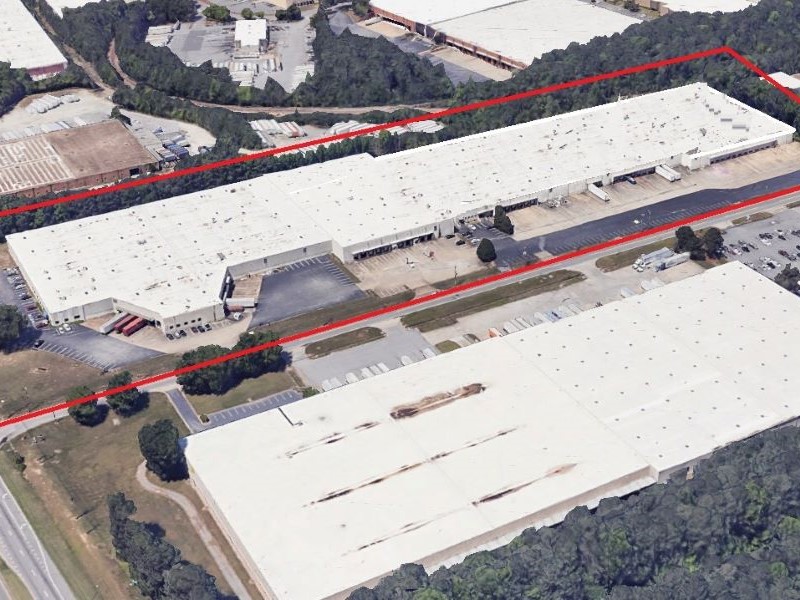
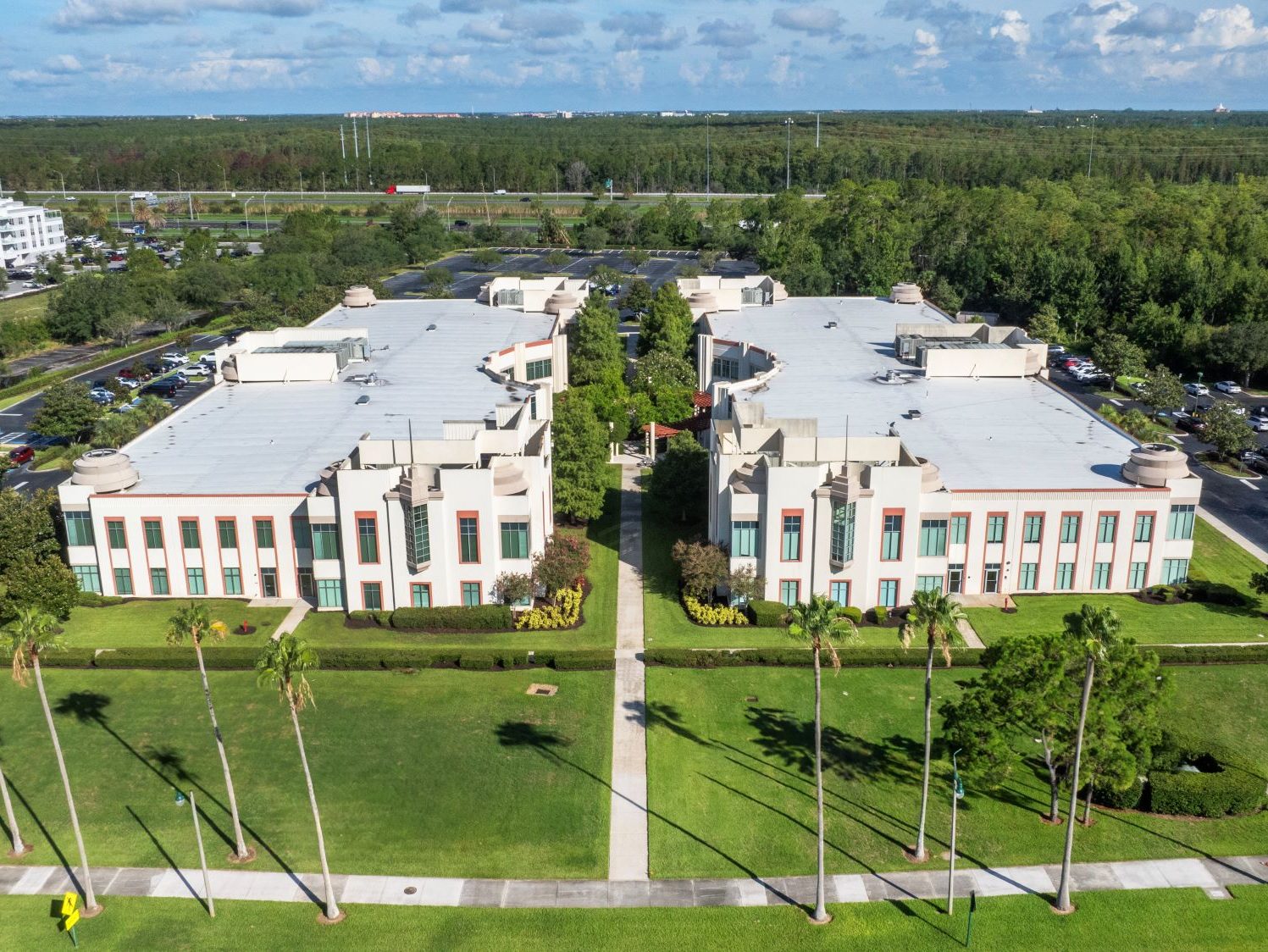
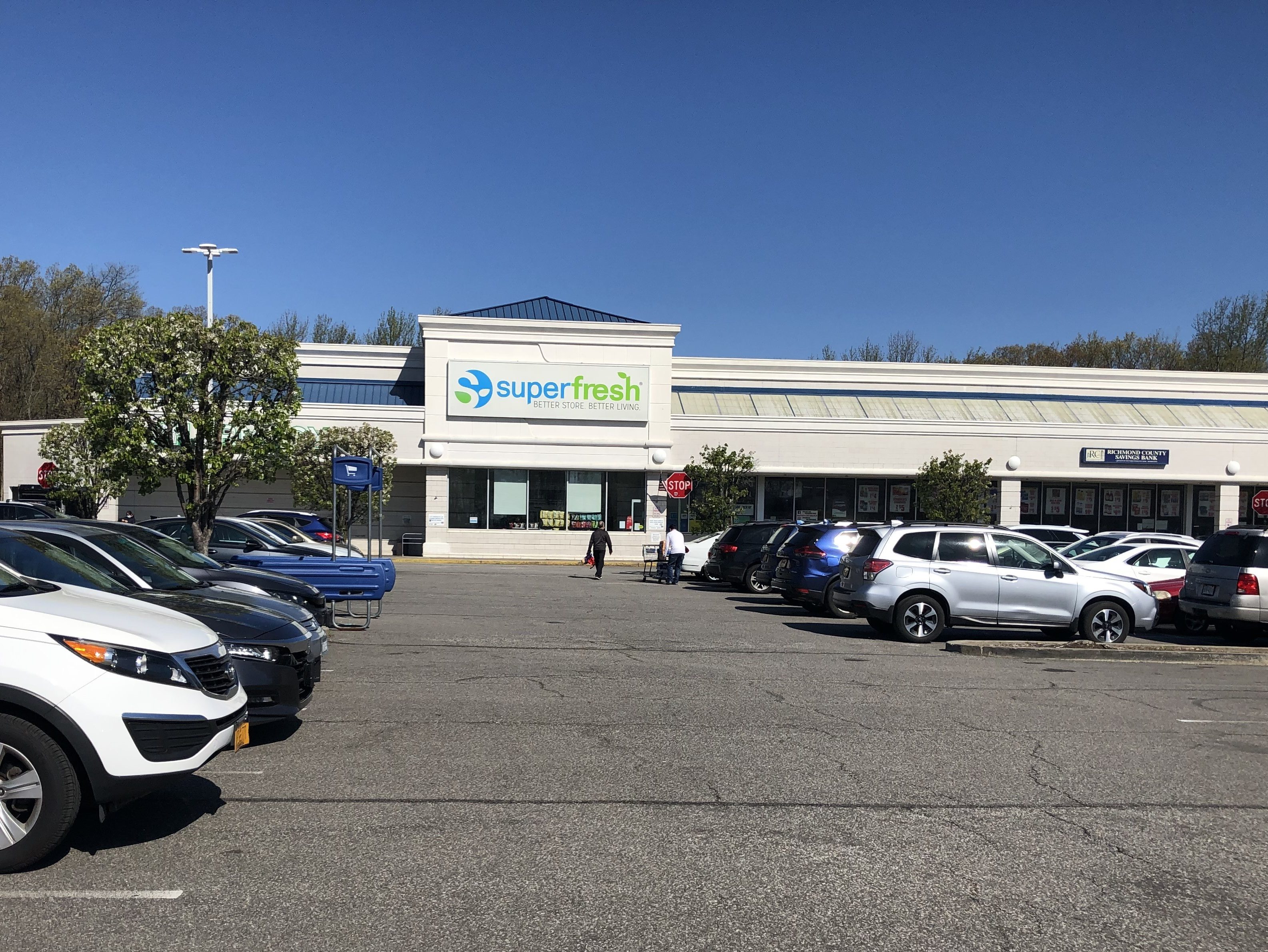
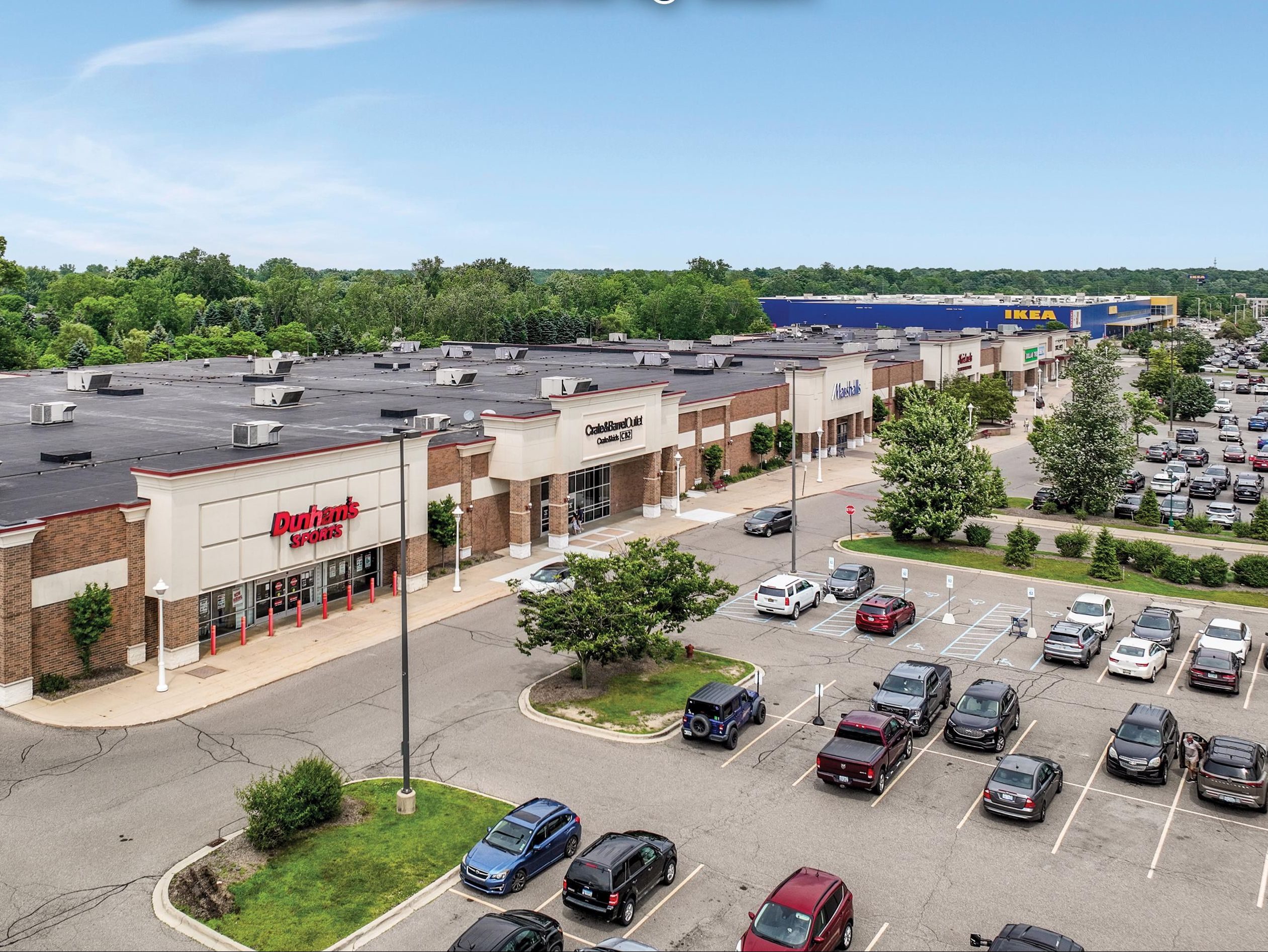
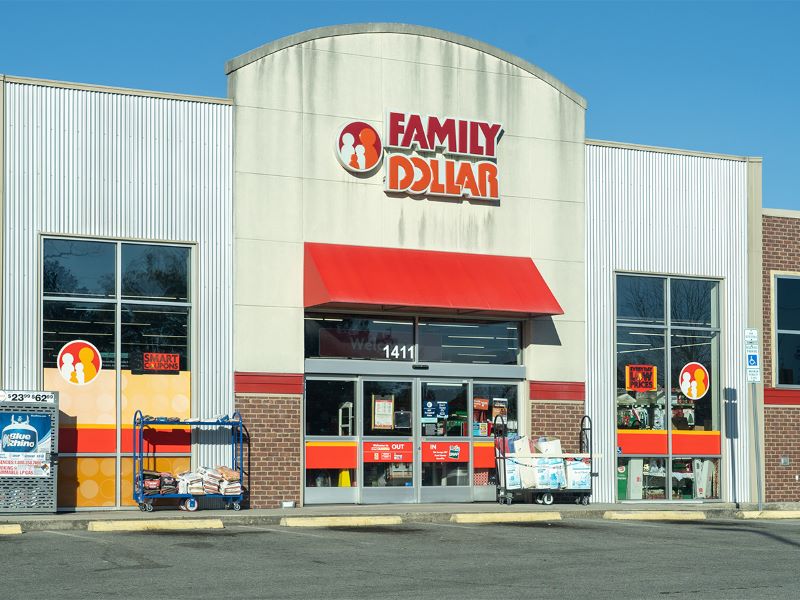
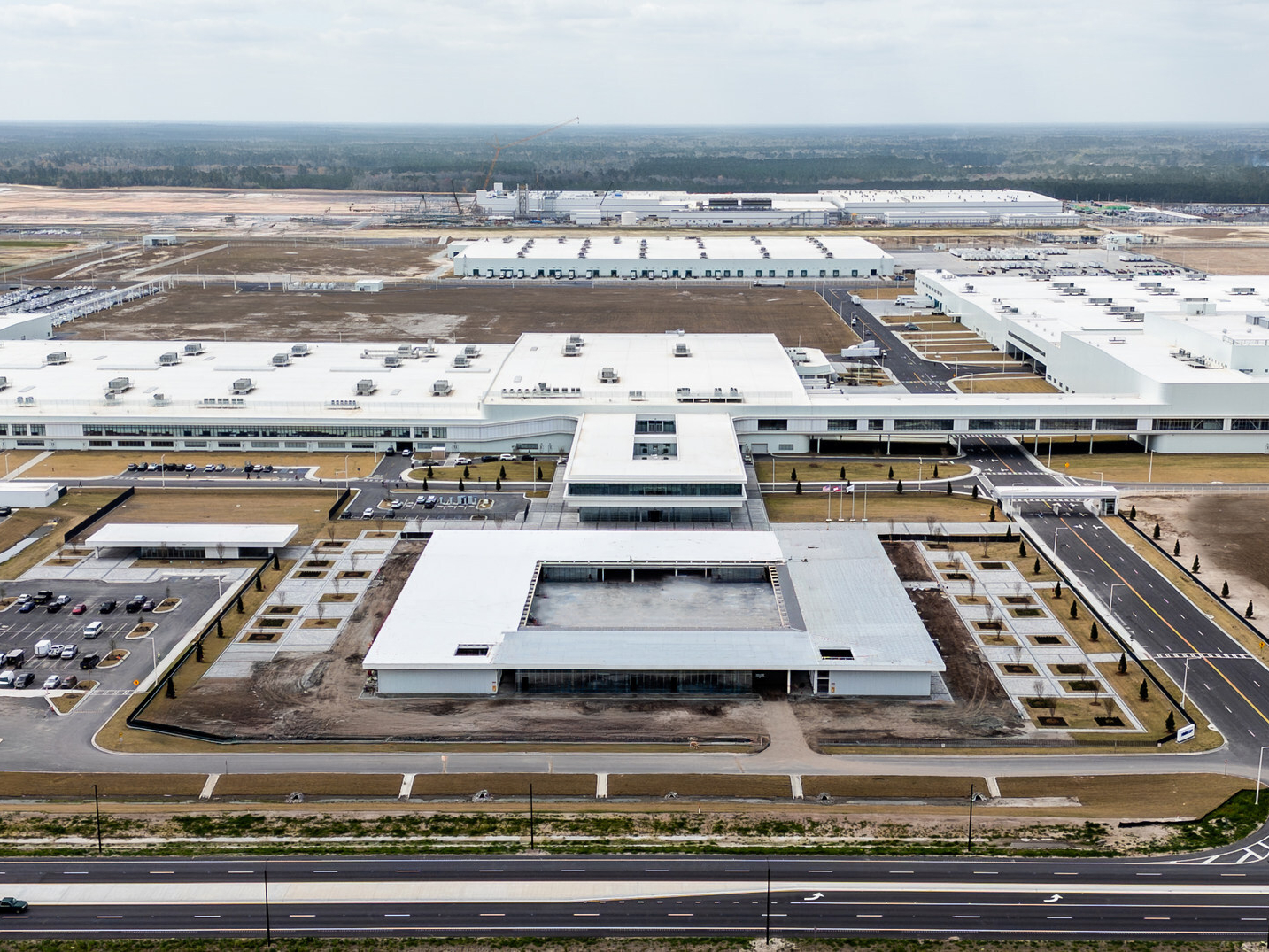
You must be logged in to post a comment.